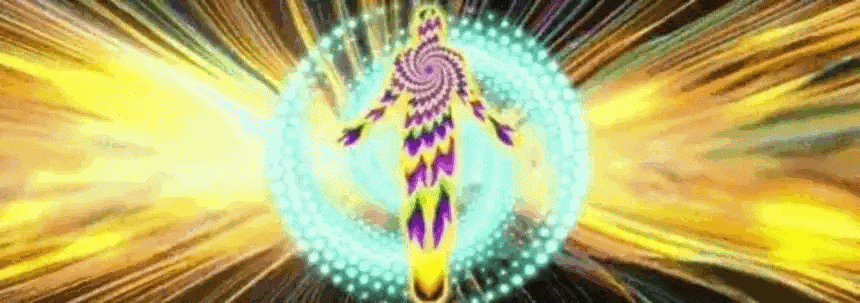The universal principle of opposites isn't a quality much revered in the cultural West, but it has a long and glorious history in the mindset of the East. One that stretches back as far as the 6th Century BC when a man named Lao Tsu reputedly wrote the Tao Te Ching.
The original tome is still pretty much available as then, but there are many interpretations, interpretations of interpretations and re-interpretations to assist any querier (a person that want to consult the I Ching) to interpret the Oracle's response, i.e. looking up the corresponding hexagram and reading what Lao wrote.
Given that there were only 64 hexagram variations described by Lao Tsu, you may well wonder and question the wisdom of the Oracle. How is it possible that such a simple act as throwing three coins result in such a non-deific divination, and why would anyone in their right mind believe in such an ungodly practice you may think?
Believe what you may but the truth as they say is in the pudding. The reason why belief in the I Ching has endured through ages hence is in the glaring view of hindsight, and the clear and present proof of endearing the value in truth, and conclusive evidence after the matter of fact.
As with most of the classic philosophers, Laozi uses allegory and metaphor throughout his book, but the pompous austerity of his language, and the decidedly royal nature of his illustration in the manner of an advisor to the Imperial Court has no relevance to its widespread use and common utilisation as a tool to choose, or decide on the best course of daily action to take.
In fact, the whole book can be read as a perspective on perception, a example of the value in harbouring a universal point of view, a deceleration of reason to endear harmony, and the auspicious nature of cultivating a Dao that defy the gap between reason and belief.
By noting the fall of the toss of two coins with a question in mind, and repeating the process six times to construct a hexagram the query may be answered in the interpretation of a symbolic result. Part science, part ritual, part chaos, part flow, the I Ching has been in use ever since Lao Tsu cast his first yarrow, thousands of years ago. Based on the principle of balance between chaos and order, the I Ching is a reminder that we are but a part of a bigger whole.
Neither science, nor magic, the Tao is an interpretation of reality. An awareness that flows from understanding, and a universal perception that follow from a conscious perspective.
Given that there were only 64 hexagram variations described by Lao Tsu, you may well wonder and question the wisdom of the Oracle. How is it possible that such a simple act as throwing three coins result in such a non-deific divination, and why would anyone in their right mind believe in such an ungodly practice you may think?
Believe what you may but the truth as they say is in the pudding. The reason why belief in the I Ching has endured through ages hence is in the glaring view of hindsight, and the clear and present proof of endearing the value in truth, and conclusive evidence after the matter of fact.
As with most of the classic philosophers, Laozi uses allegory and metaphor throughout his book, but the pompous austerity of his language, and the decidedly royal nature of his illustration in the manner of an advisor to the Imperial Court has no relevance to its widespread use and common utilisation as a tool to choose, or decide on the best course of daily action to take.
In fact, the whole book can be read as a perspective on perception, a example of the value in harbouring a universal point of view, a deceleration of reason to endear harmony, and the auspicious nature of cultivating a Dao that defy the gap between reason and belief.
By noting the fall of the toss of two coins with a question in mind, and repeating the process six times to construct a hexagram the query may be answered in the interpretation of a symbolic result. Part science, part ritual, part chaos, part flow, the I Ching has been in use ever since Lao Tsu cast his first yarrow, thousands of years ago. Based on the principle of balance between chaos and order, the I Ching is a reminder that we are but a part of a bigger whole.
Neither science, nor magic, the Tao is an interpretation of reality. An awareness that flows from understanding, and a universal perception that follow from a conscious perspective.




No comments:
Post a Comment